Blood in (and as) Art
One of the first known expressions of human creativity, the Lascaux cave paintings, were created with blood, a material that has remained significant...
Kaena Daeppen 10 June 2024
Have you ever thought of the wind in a painting? How to capture something you can’t really see? It either reflects on the sitters or the elements of the landscape. Let’s look at a selection of paintings by various artists from different centuries and explore how they saw this invisible force of nature.
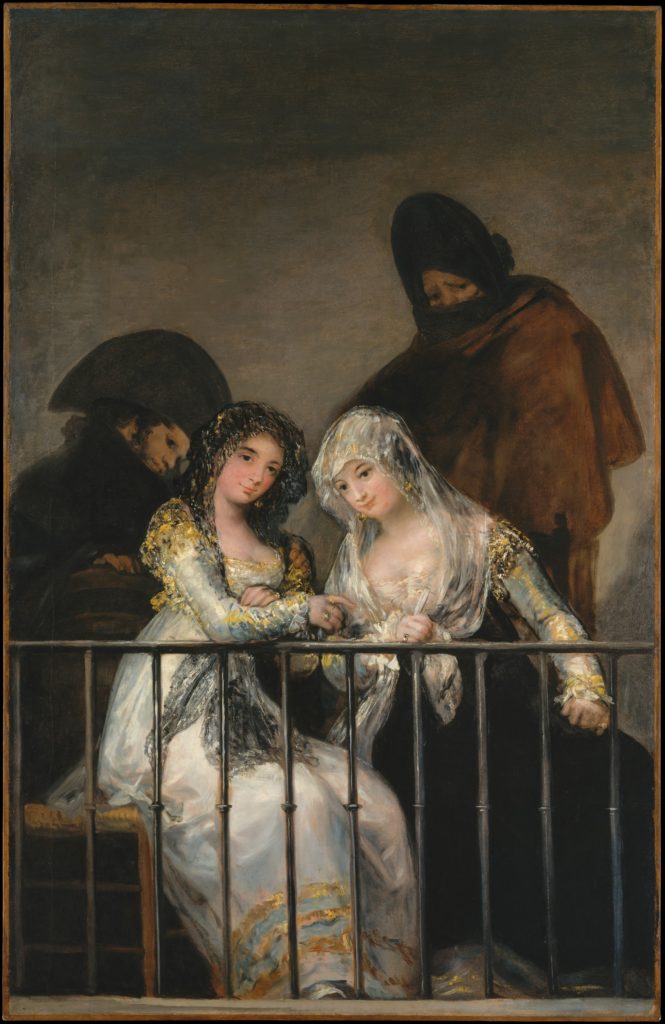
There are two versions of this work and this one hosted by the Met since 1995 has been believed to be a copy. Nevertheless the iconography is the same. It shows two elegant courtesans (the “Maja“) taking a break on a balcony and watching the passersby. They are also accompanied by two sketchy masked men, most likely their “protectors.”
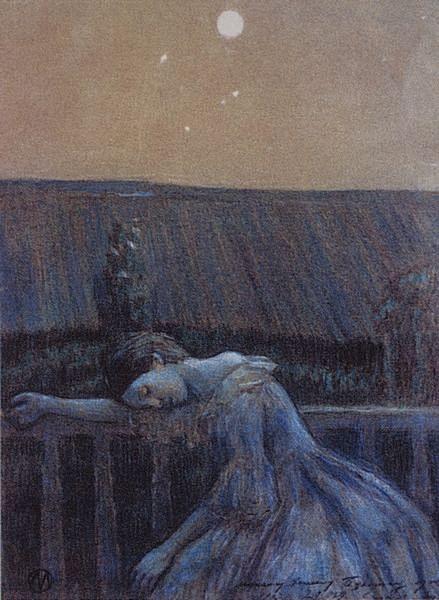
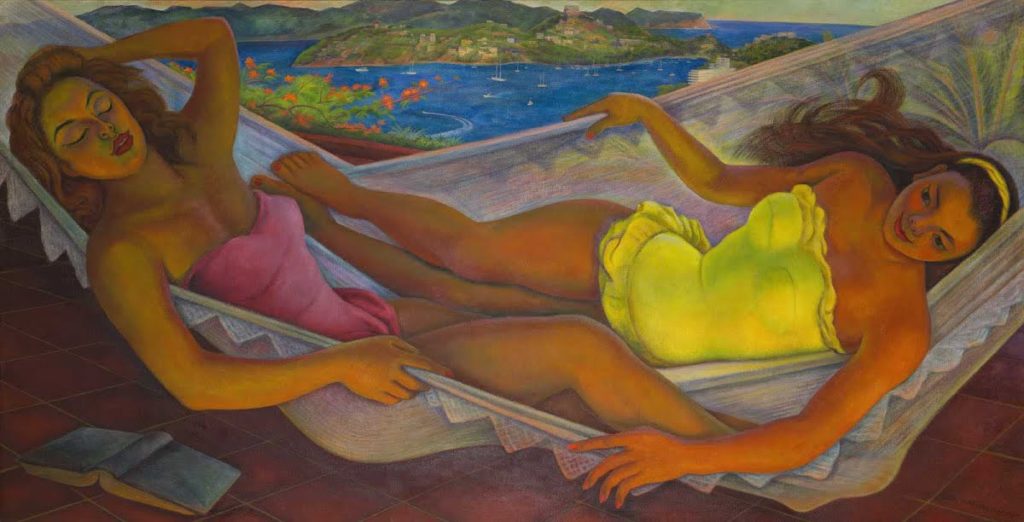
Diego Rivera, known for his communist ties, received medical treatment for cancer in Moscow but later didn’t make it onto the list of patients sent to a cure house. He therefore returned to Mexico where his old-time friend Dolores Olmedo invited him to her house in Acapulco. (A much better a place than Moscow for convalescence, I bet.) The house was located near La Quebrada, which was an ideal location for the painter who painted the spectacular beach and the bay at different times of the day. To kill his time, but also to express his gratitude for his friend’s hospitality, he portrayed Dolores Olmedo’s daughter along with a friend. (Notice the notebooks on the ground, somebody was supposed to study.)
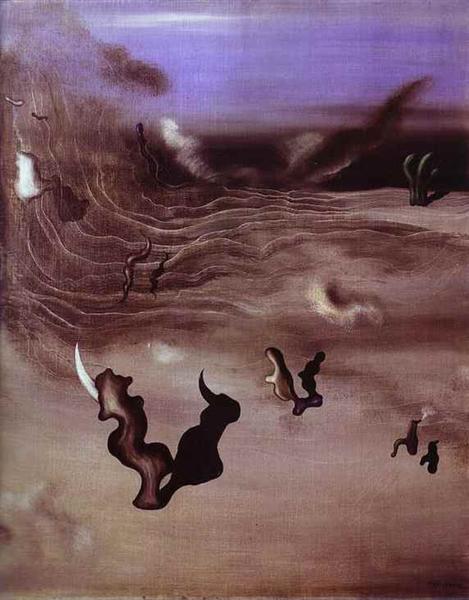
Yves Tanguy decided to become a painter by chance. He saw a work by Giorgio de Chirico in one of the Parisian cafes and that was it. In 1924, he moved to Paris together with his friend and poet Jacques Prévert, as well as Marcel Duhamel. By 1925 the city became a hub for the Surrealist movement, after André Breton had welcomed Tanguy into the group. Tanguy didn’t have formal training in fine arts (he was a merchant and a soldier). However he quickly developed an original style and in 1927 had his first solo show at the Galerie Surréaliste in Paris. His style is distinctive showing landscapes with recurring various rock formations which Tanguy remembered from his time as a soldier in Africa.
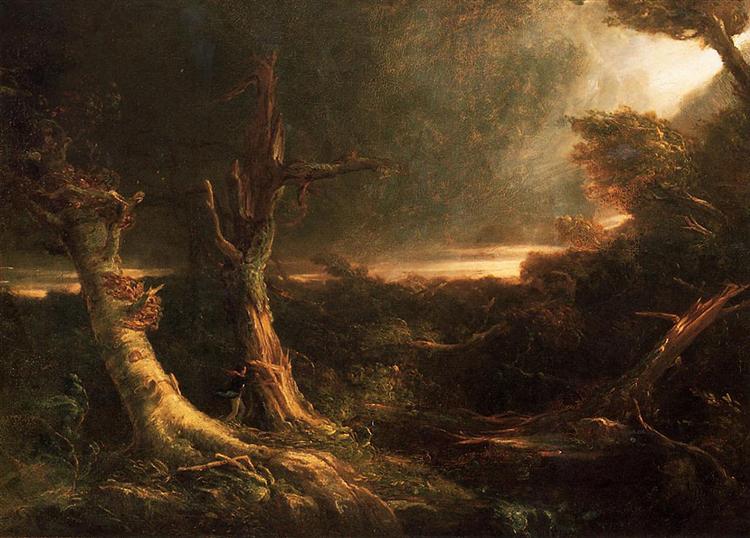
Ever heard of Thomas Cole? Yes, he was the father of Hudson River School, the American Romantic movement in art from the 19th century. Born in the UK, he emigrated to the US with his family at the age of 17. First he lived in Ohio, then later moved to Philadelphia, and eventually settled in the state of New York. He was a self-taught painter since he was trained and worked as an engraver.
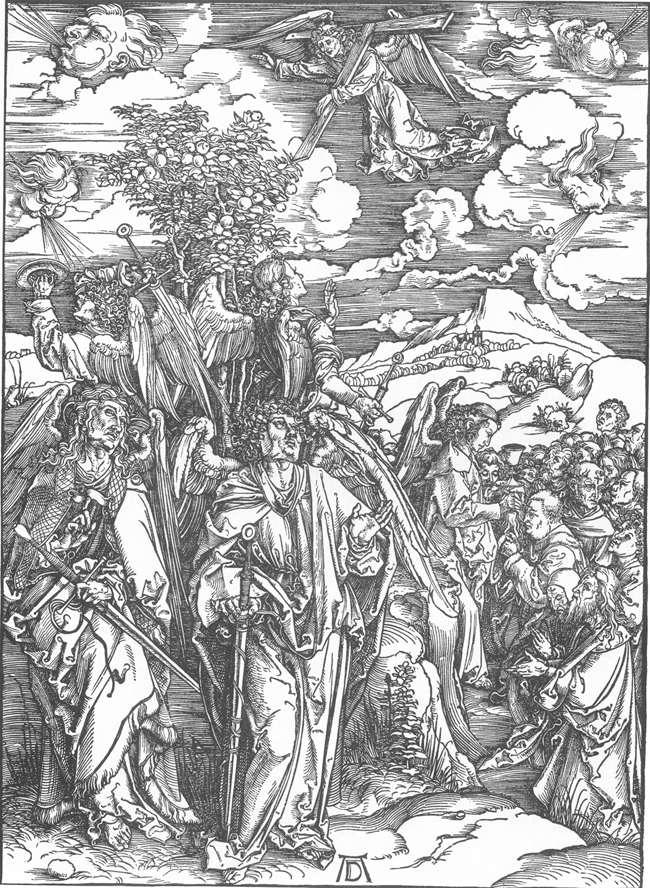
What “chosen” are we talking about? In this woodcut we have a scene from the Book of Revelation in which at the end of times the Four Angels will come to calm the four winds (which are also symbols of the great empires of antiquity). Meanwhile another angel marks with the protective “seal of the living God” the foreheads of all the Christians (Rev. 7:1-3).
DailyArt Magazine needs your support. Every contribution, however big or small, is very valuable for our future. Thanks to it, we will be able to sustain and grow the Magazine. Thank you for your help!